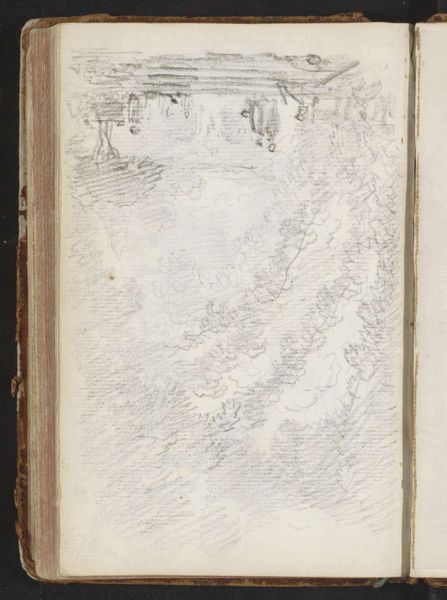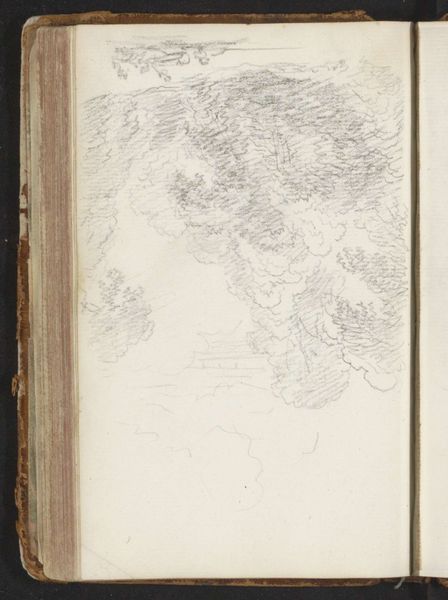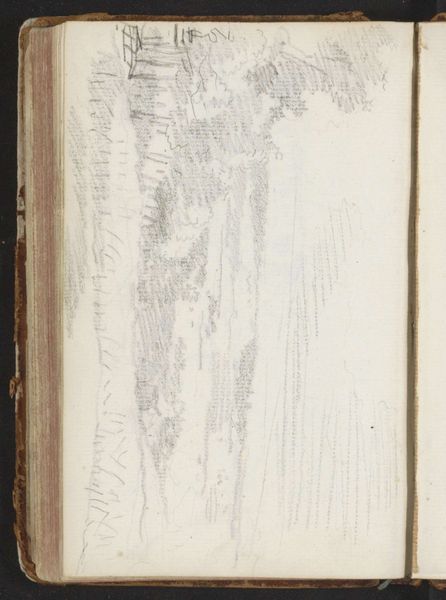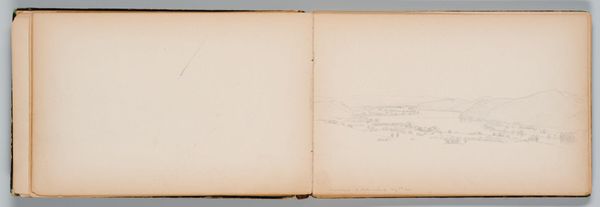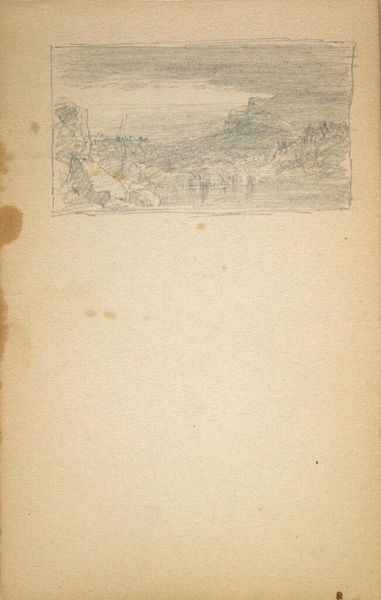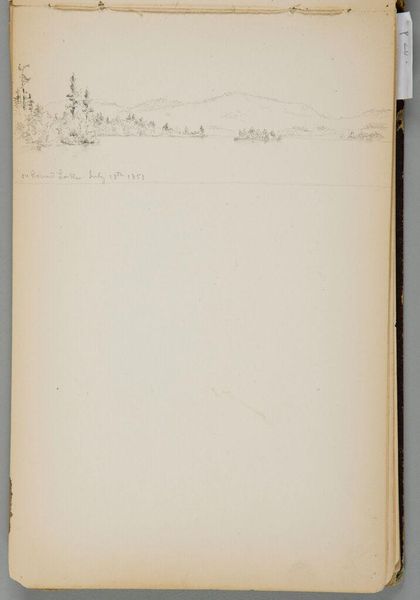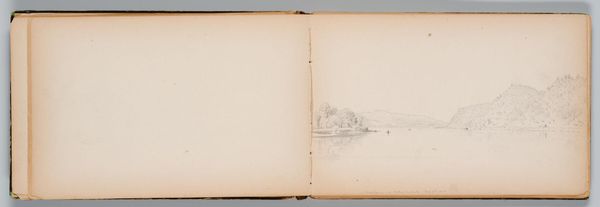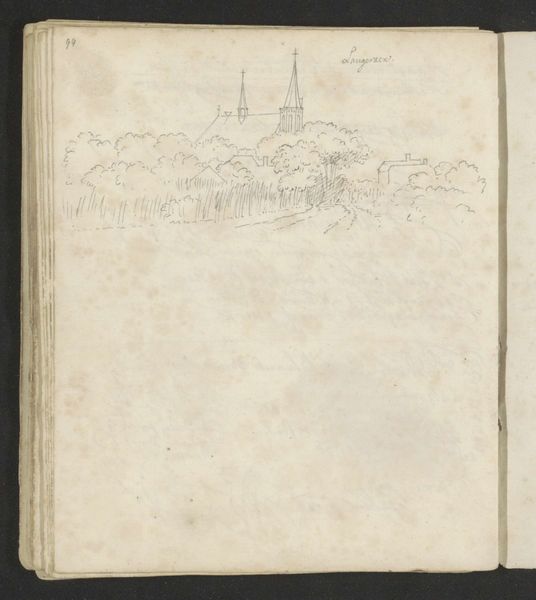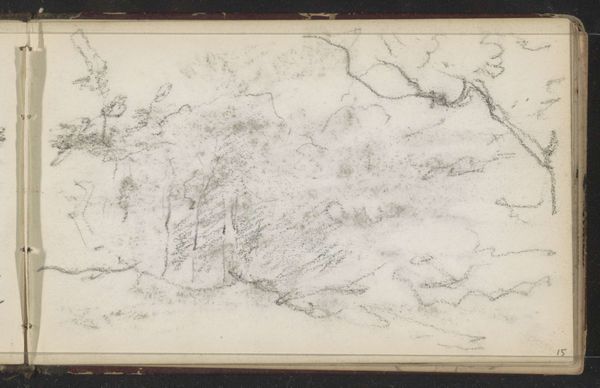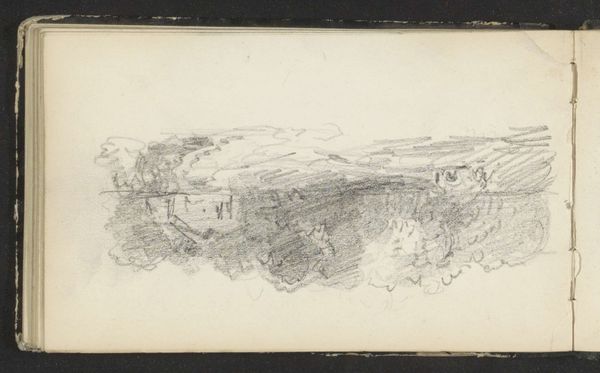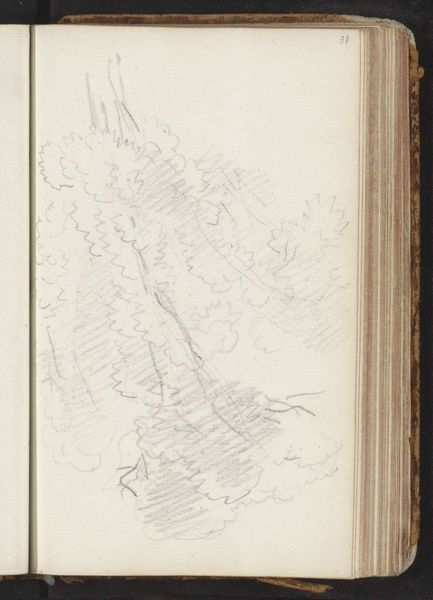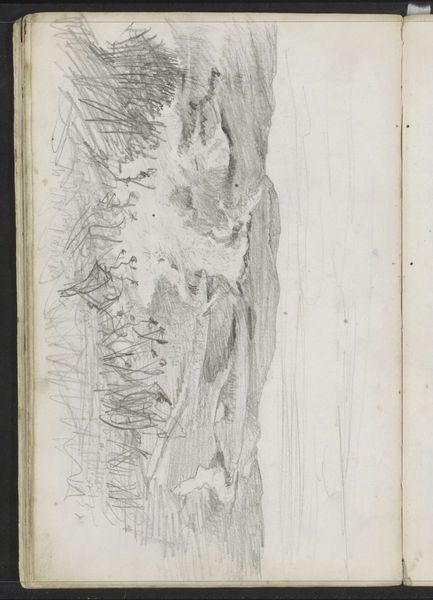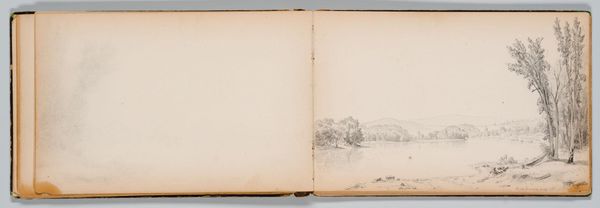
drawing, pencil, frottage
#
drawing
#
landscape
#
coloured pencil
#
pencil
#
frottage
#
rococo
Copyright: Rijks Museum: Open Domain
Editor: This is Jean-Honoré Fragonard's "Landschap met een brug," made around 1765 to 1775. It's a pencil and colored pencil drawing with frottage. The sketch feels airy and dreamlike because of the blurred textures and soft focus. What stands out to you about this work? Curator: Indeed. The interplay between line and form is fascinating. Observe how the bridge, rendered with distinct lines, creates a rigid structure against the soft application of rubbed textures below. This, when considered with the negative space around each shape, provides an interesting juxtaposition within the overall composition. Editor: I see what you mean about the bridge and the negative space, especially contrasting to the smudged and blended effect in the "landscape". It seems like he focused less on the natural representation and more on how the shapes relate to each other? Curator: Precisely. Representation takes a secondary role, while the surface of the support and the expressive quality of the marks become primary. Consider the density and directionality of these pencil strokes. Where do they pull the eye? Editor: They make my eye flow from the bridge downward towards the lower part of the drawing, even outside of the visible imagery on the right side! I hadn't considered the texture of the lines. It's all about the relationship between elements, isn't it? Curator: Correct. We may read into an artwork elements which seem contrary, though these can act together and can emphasize the intrinsic qualities that construct the aesthetic experience. Editor: So, focusing on the interplay of textures, the bridge, and directionality lets us grasp his choices beyond just 'landscape'. Thank you! Curator: The pleasure is mine.
Comments
No comments
Be the first to comment and join the conversation on the ultimate creative platform.
